Models
Model |
Configuration |
Years |
# Produced |
|---|---|---|---|
| 25 (Gasoline) | 1953-1958 |
||
| 25 (Kerosene) | 1953-1958 |
||
| 50D | 1953-1958 |
||
| 25 (Diesel) | 1953-1958 |
||
| 850 | Utility |
1960-1965 |
|
| 880 | Utility |
1961-1971 |
|
| 990A | Utility |
1961-1980 |
|
| 990B | 1961-1980 |
||
| 990 | Utility |
1961-1980 |
|
| 770 | Utility |
1965-1970 |
|
| 880 Selectamatic | Utility |
1965-1971 |
|
| 780 | 1967-1971 |
8986 |
|
| 1200 | Utility |
1967-1971 |
|
| 4600 | Utility |
1968-1972 |
|
| 3800 | Utility |
1968-1972 |
|
| 1212 | Utility |
1971-1976 |
|
| 885G | Utility |
1971-1980 |
|
| 1210 | Utility |
1971-1980 |
|
| 995 4WD | Utility |
1971-1980 |
|
| 995 | Utility |
1971-1980 |
|
| 885N | Utility |
1971-1980 |
|
| 885D | Utility |
1971-1980 |
|
| 996 4WD | Utility |
1972-1976 |
|
| 996 2WD | Utility |
1972-1976 |
|
| 1412 | 1974-1979 |
||
| 1410 | Utility |
1974-1980 |



